The Camera:
For this project I used my Olympus OM-1, which was my first 35mm camera. This camera is my trusty workhorse. It was created in 1972 as a fully mechanical single-lens reflex camera. The industry was moving towards bulkier and heavier cameras until this camera reversed that trend towards smaller and quieter SLR cameras. This model was a favorite among photojournalists and was actually the first camera of Brian Peterson, a fellow Star Tribune photographer who retired last summer
The Film:
Kodachrome is a color reversal film that was invented by two professional musicians, Leopold Godowsky Jr. and Leopold Mannes. The pair were university-trained scientists who had a great interest in improving upon the current standard for color film. The duo spent over ten years developing a three-color subtractive process that would produce accurate true-to-life colors. The film officially launched in April of 1935 as a 16mm movie film with an ASA (ISO) of 10. It wasn’t until 1974 that Kodak developed the famous Kodachrome 64. The color profile of Kodachrome is considered unique among all color films and its sharpness was unmatched. As more color films were developed with quicker, cheaper and easier development processes, Kodachrome sales declined. The rise of digital photography further minimized the demand for the film and with the high costs of processing the film, many labs stopped offering development. In 2009, Kodak ceased production of the film stock completely and one year later, the last roll of Kodachrome ever manufactured was developed at Dwayne’s Photo in Parsons, Kansas. That roll was used by (in)famous National Geographic photographer Steve McCurry. I got my film off eBay where it is relatively cheap at around $10/roll.
The Process:
Developing Kodachrome requires a very complex 17-step process called K-14, designed only for this film stock. Processing took place in professional labs with trained chemists and specialized machinery. It is virtually impossible to replicate the K-14 process, so the only way to develop remaining rolls is cross-processing in black and white to create a negative. Any color film can be developed in black and white chemistry and for expired film, it often yields more reliable results. Over time, color emulsions can degrade, causing color shifts and quality loss. Black and white developers draw out an image by developing the silver grain in the film and leaving a monochrome iteration of the color image.
I used Kodak HC-110 black and white developer (it is considered one of the best for old films). I used dilution B, which is 484mL of water with 16mL of developer concentrate.
The last tricky part about Kodachrome is removing a sticky black layer called Remjet. This layer protects the film from scratches, halation, static and other damages and it is normally removed in the first step of K-14 processing. But for black and white development, I simply remove it in a final step by using my index and middle fingers as a squeegee and running them down the film under a running shower until all the Remjet is removed. The full process is as follows:
1. Load the film in a Paterson reel and tank in total darkness.
2. Wash the film in water that is roughly 68°F to warm it up to temperature and prepare it to evenly receive the developer.
3. Pour the developer in and agitate (invert or rotate the tank) for 30 seconds and then agitate for 5 seconds, every 30 seconds for 11 minutes.
4. Water stop-bath for 1 minute at roughly room temperature .
5. Sprint fixer for 5 minutes at room temperature with the same agitation pattern.
6. Wash for 5 minutes with running water at roughly room temperature.
7. Manually remove Remjet under running water (I use my shower) with two fingers.

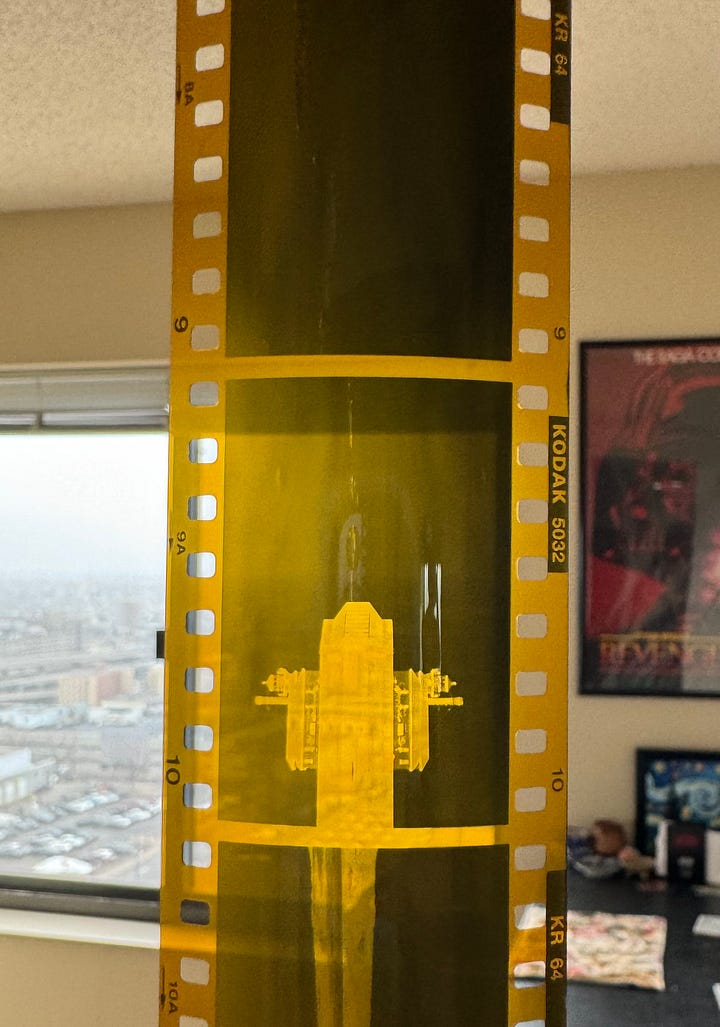
The Results:
I LOVE the look of Kodachrome in black and white. There is excellent dynamic range that gives the photos a really contrasty look. I honestly like these results more than most actual black and white film stocks. It makes me wish I had the opportunity to use a roll and process it in color as it was intended.

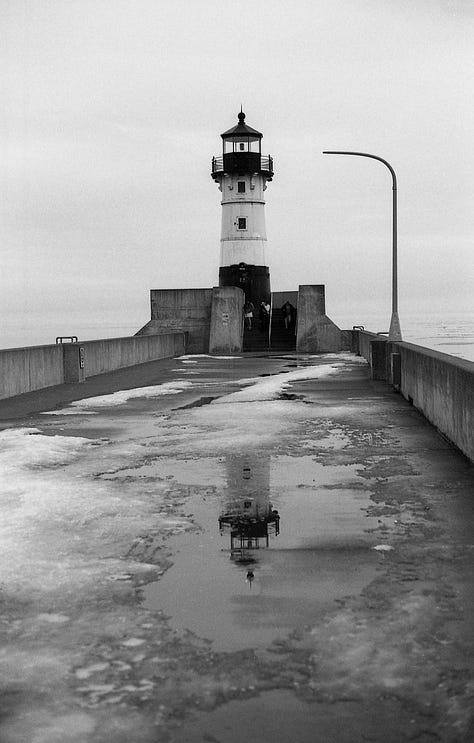
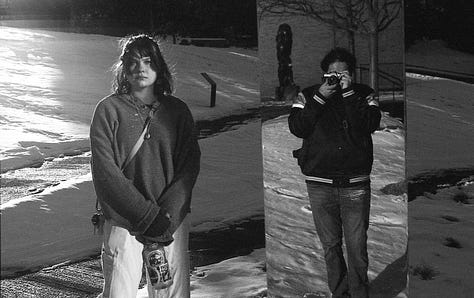



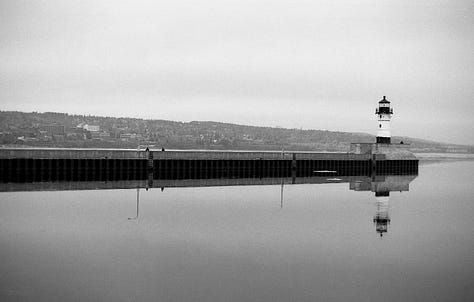
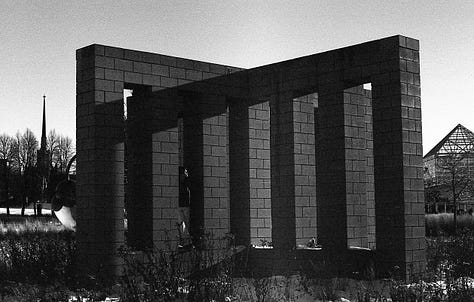

Fun Fact:
Paul Simon was writing a song initially titled "Coming Home" when the similar sounding word "Kodachrome" came to him. Simon had no idea what it meant but thought it sounded more interesting than “Coming Home” so he went with it. The song was released in 1973, one year before the final version of Kodachrome film.



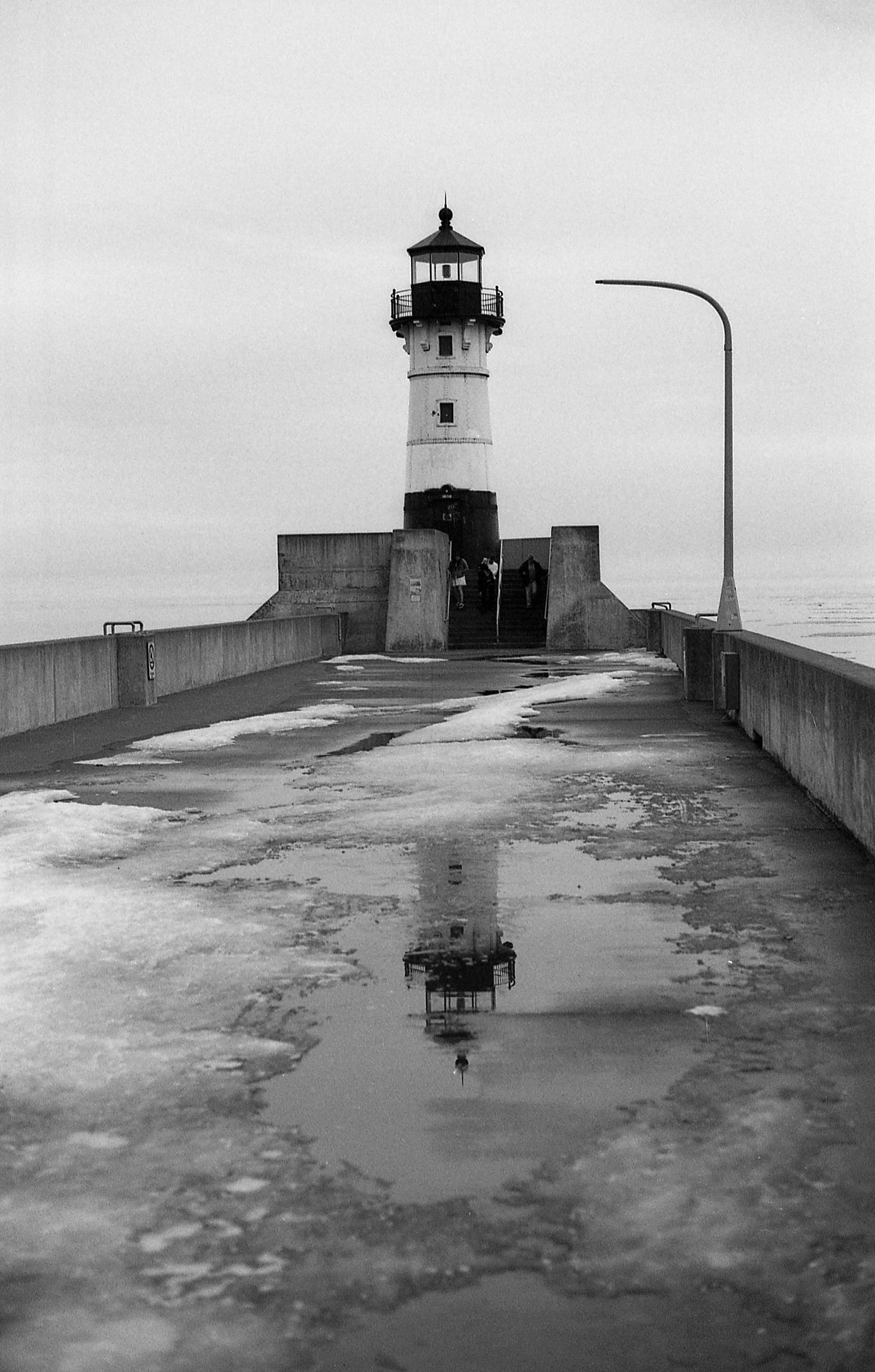
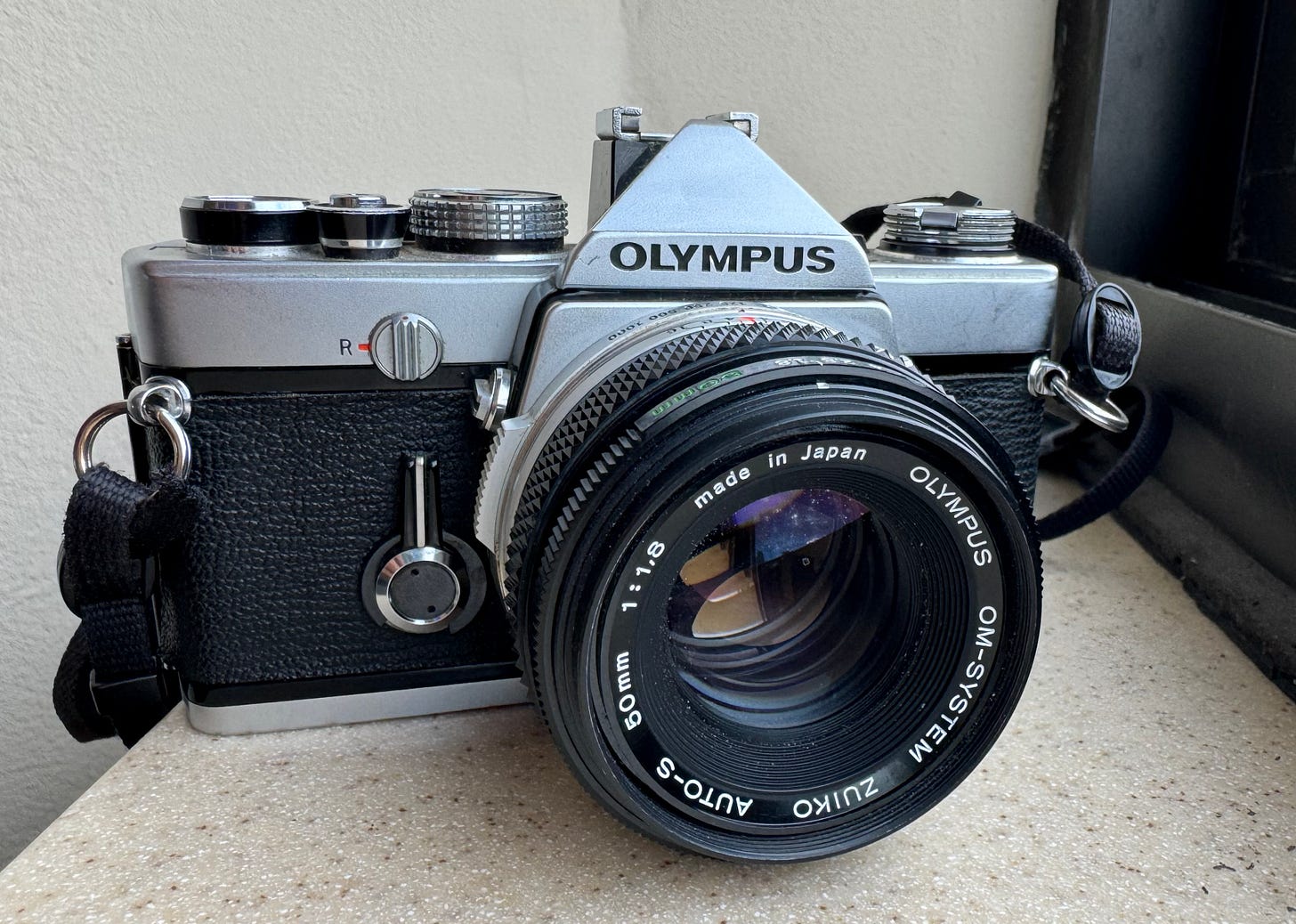


What a great and informative article, and that first picture of the lighthouse is breathtaking. Brings back memories of when I worked at 50 Minute Photo in Anchorage, Alaska.